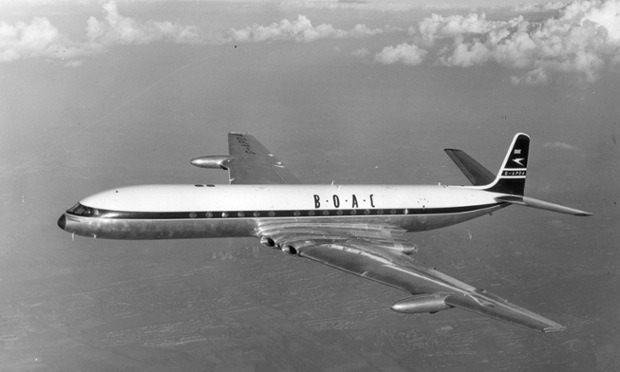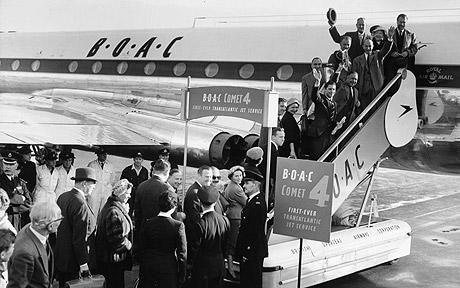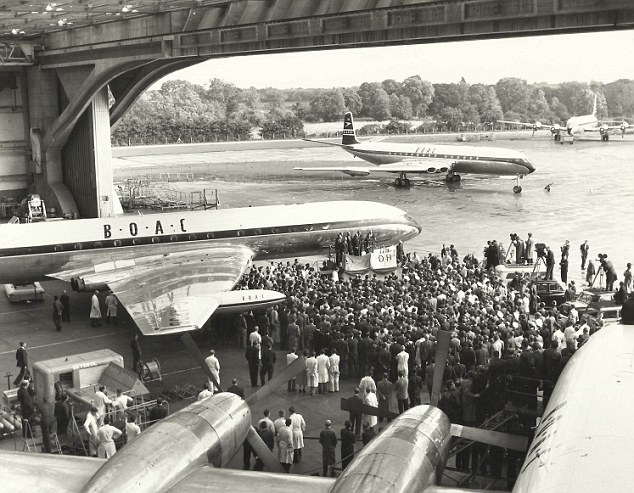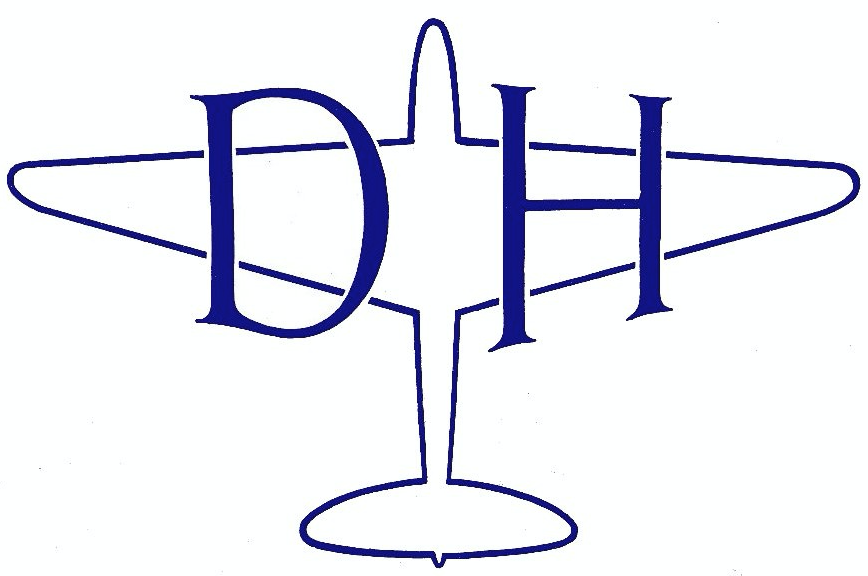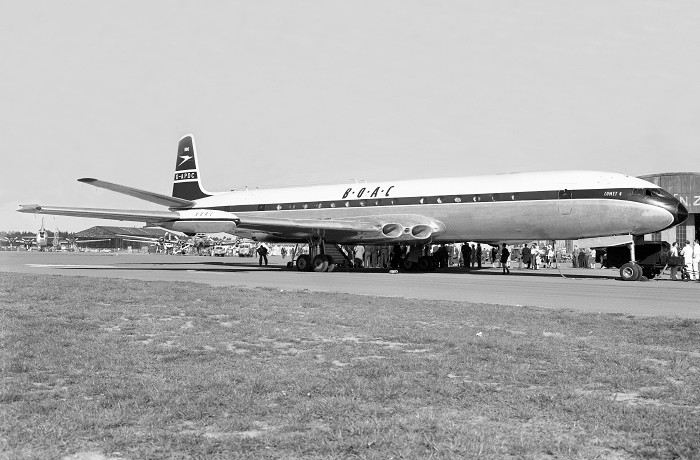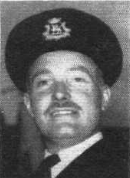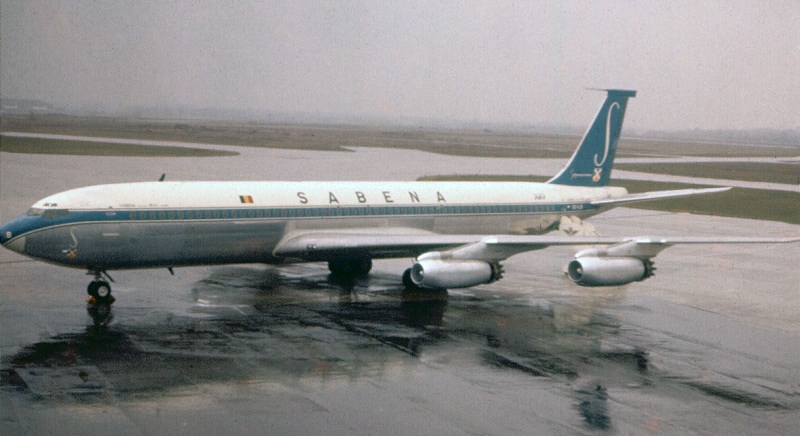
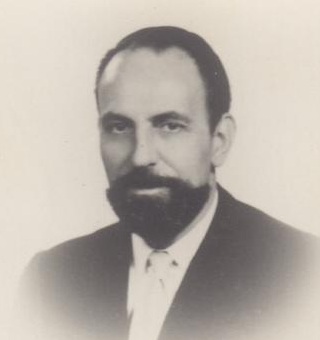
15 February 1961, 09:05 UTC: This Boeing 707-329 airliner, registration OO-SJB, under the command of Captain Ludovic Marie Antoine Lambrechts and Captain Jean Roy, was enroute from Idlewild Airport, New York (IDL) to Brussels-Zaventem Airport (BRU) as SABENA Flight SN548, when three miles (4.8 kilometers) short of the runway at an altitude of 900 feet (274 meters), it pulled up, retracted its landing gear and accelerated.
The airliner made three 360° circles, with the angle of bank steadily increasing to 90°. The 707’s wings then leveled, followed by an abrupt pitch up. OO-SJB spiraled into a nose-down dive and crashed into an open field 1.9 miles (3 kilometers) northeast of Brussels and all 61 passengers and 11 crew members and 1 person on the ground were killed, including the entire U.S. Figure Skating Association team, their families, coaches, judges and officials.
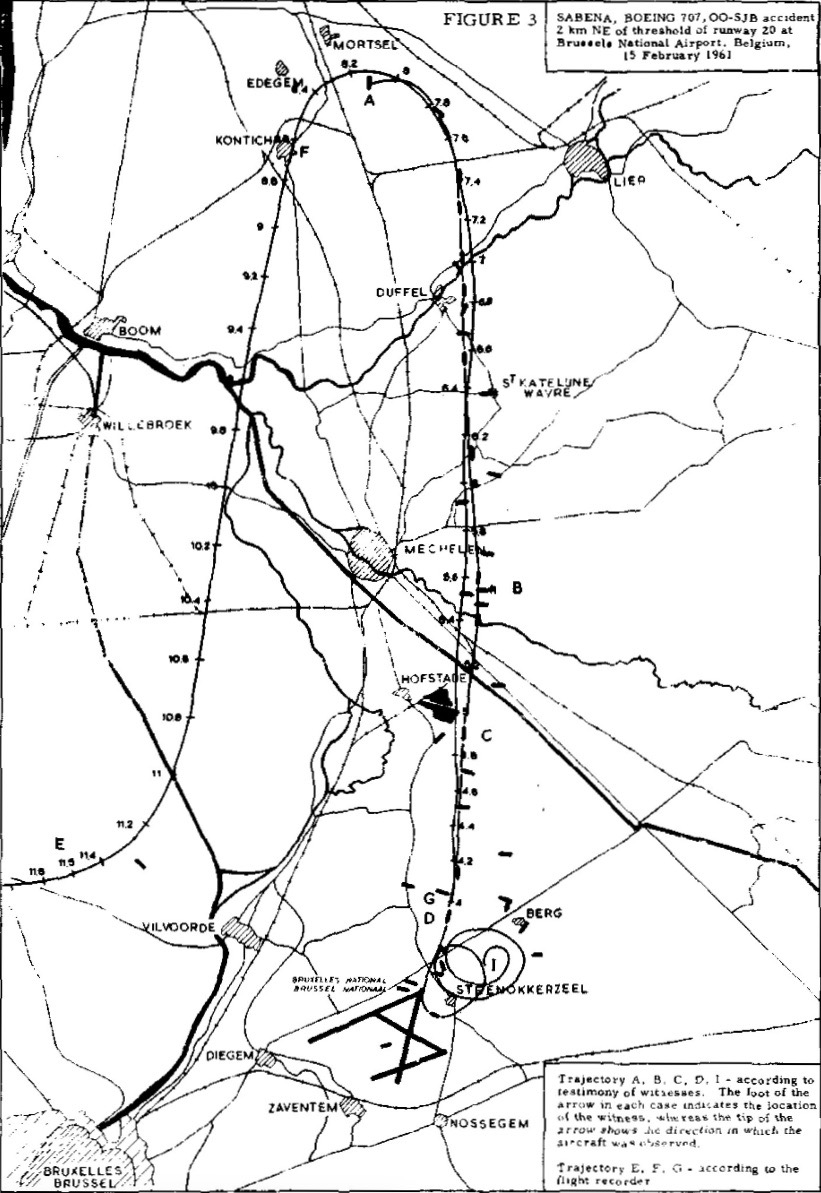
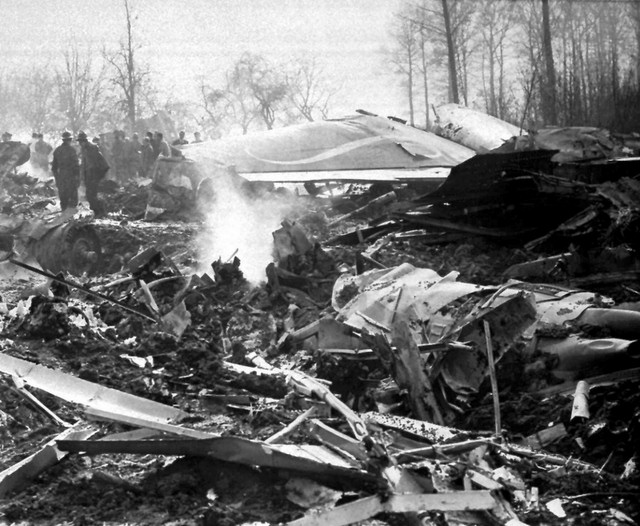
The cause of the crash was never determined but is suspected to be a mechanical failure in the flight control system:
Probable Cause
Having carried out all possible reasonable investigations, the Commission concluded that the cause of the accident had to be looked for in the material failure of the flying controls.
However, while it was possible to advance certain hypotheses regarding the possible causes, they could not be considered entirely satisfactory. Only the material failure of two systems could lead to a complete explanation, but left the way open to an arbitrary choice because there was not sufficient evidence to corroborate it.
—ICAO Circular 69-AN/61, Page 55, Column 2
The Federal Aviation Administration’s comments were included in the accident report:
“Of the several hypotheses evolving from findings in the accident report, we believe the most plausible to be that concerned with a malfunction of the stabilizer adjusting mechanism permitting the stabilizer to run to the 10.5-degree nose-up position. If such a malfunction occurred and the split flaps and spoilers procedure (inboard spoilers and outboard flaps extended) not employed, the only means to prevent the aircraft from pitching up into a stall would be to apply full forward column and enter a turn in either direction.”
“It is apparent from the recorded impact positions that the split flaps and spoilers technique was not used. The wing flaps were found in the up position and had the inboard spoilers been extended both would have been up at impact and the speed brake handle would not have been in the neutral position as found.”
—ICAO Circular 69-AN/61, Page 56, Column 2
Societé Anonyme Belge d’Exploitation de la Navigation Aérienne (SABENA) was the national airline of Belgium. It was based at Brussels and operated from 1923 to 2001.
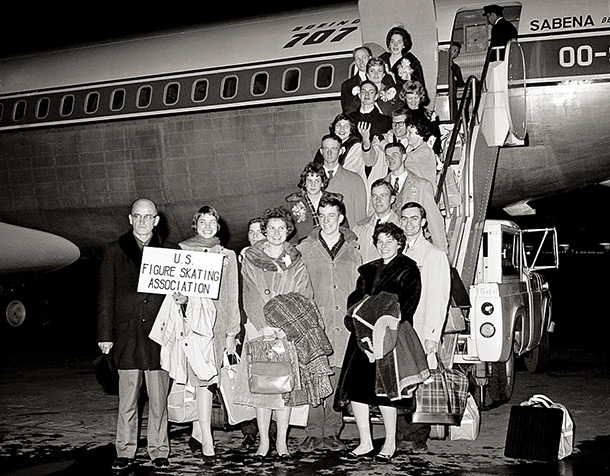
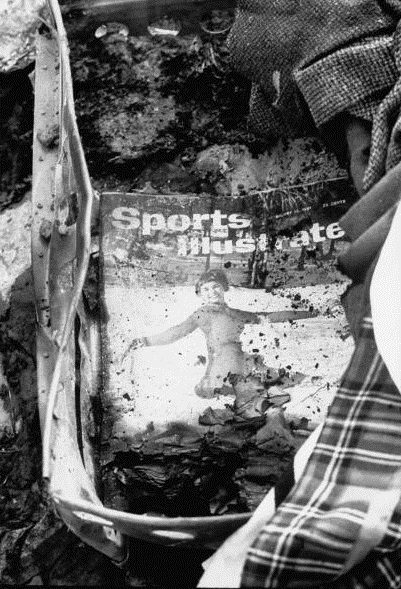
SABENA Flight SN548 was a Boeing 707-329 Intercontinental, OO-SJB, Boeing serial number 17624. It made its first test flight 13 December 1959 at Renton, Washington, and was delivered to SABENA in January 1960. At the time of the accident, it had just 3,038 total flight hours (TTAF). The airplane had undergone a Type II overhaul just 37 hours before the crash. ¹
The Boeing 707 was a jet airliner which had been developed from the Model 367–80 prototype, the “Dash Eighty.” It was a four-engine jet transport with swept wings and tail surfaces. The leading edge of the wings were swept at a 35° angle. The airliner had a flight crew of four: pilot, co-pilot, navigator and flight engineer.
The 707-329 Intercontinental is 152 feet, 11 inches (46.611 meters) long with a wing span of 145 feet, 9 inches (44.425 meters). The top of the vertical fin stands 42 feet, 5 inches (12.928 meters) high. The wing is considerably different than on the original 707-120 series, with increased length, different flaps and spoilers, and the engines are mounted further outboard. The vertical fin is taller, the horizontal tail plane has increased span, and there is a ventral fin for improved longitudinal stability. The 707 pre-dated the ”wide-body” airliners, having a fuselage width of 12 feet, 4 inches (3.759 meters).
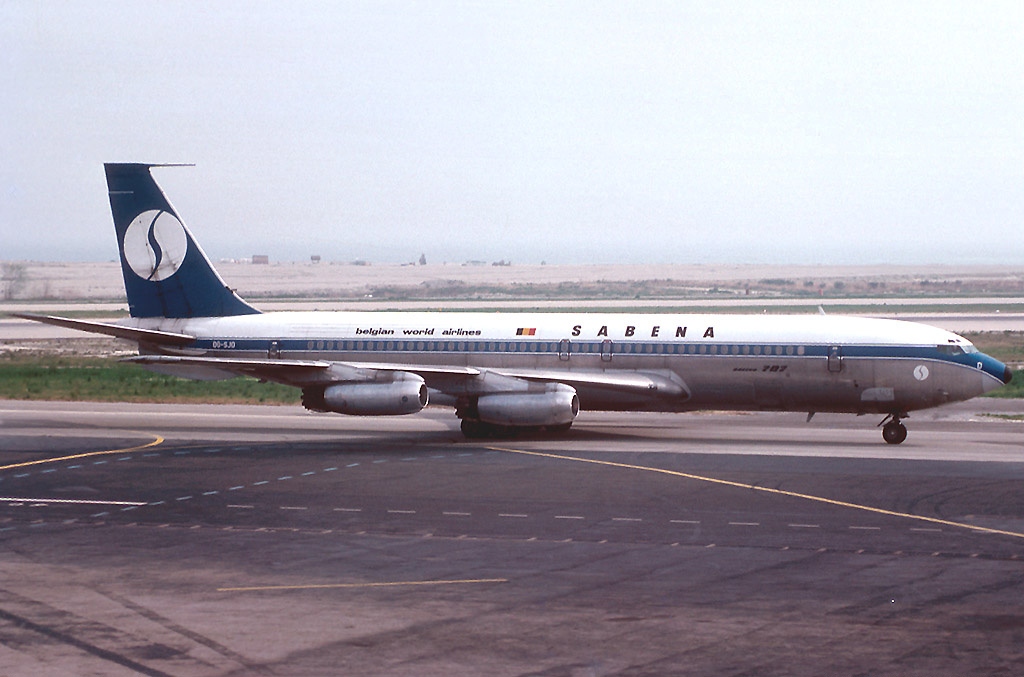
The the 707-320 International-series had an operating empty weight of 142,600 pounds (64,682 kilograms). Its maximum take off weight (MTOW) was 312,000 pounds (141,521 kilograms). When OO-SJB departed New York, its total weight was 119,500 kilograms (263,452 pounds), well below MTOW. It carried 50,000 kilograms (110,231 pounds) of JP-1 fuel.
OO-SJB was powered by four Pratt & Whitney Turbo Wasp JT4A engines. These were two-spool, axial-flow turbojet engine with a 15-stage compressor (8 low-, 7 high-pressure stages) and 3-stage turbine (1 high- and 2 low-pressure stages). The –12 was rated at 14,900 pounds of thrust (66.279 kilonewtons), maximum continuous power, and 17,500 pounds of thrust (77.844 kilonewtons) at 9,355 r.p.m. (N₂) for takeoff. The engine was 12 feet, 0.1 inches (3.660 meters) long, 3 feet, 6.5 inches (1.080 meters) in diameter, and weighed 4,895 pounds (2,220 kilograms).
The 707-329 had a maximum operating speed (MMO) of 0.887 Mach above 25,000 feet (7,620 meters). At 24,900 feet (7,590 meters), its maximum indicated airspeed (VMO) was 378 knots (435 miles per hour/700 kilometers per hour). At MTOW, the 707-329 required 10,840 feet (3,304 meters) of runway for takeoff. It had a range of 4,298 miles (6,917 kilometers).
The Boeing 707 was in production from 1958 to 1979. 1,010 were built.
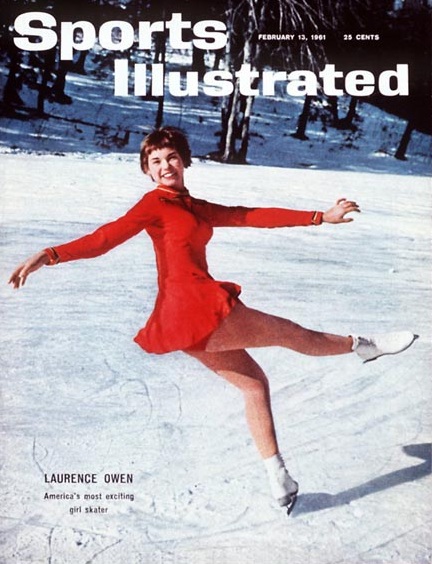
According to the accident investigation report, following this overhaul, which took place from 11 January to 9 February 1961,
1) The pilot noted that during the first test flight on 9 February 1962 the trim button had to be pushed harder than normal. A second test flight was made to confirm the fault, after which the pilot noted “abnormal response of the stabilizer particularly after trimming nose down; slight nose up impulses give no result.”
2) The second incident was observed during the same flight. The pilot noted: “At the beginning of the flight there was a strong tendency of the aircraft to roll to the right. In level flight, the two left wing spoilers are 1 inch out.
“After descent, speed brakes out, at the moment of their retraction there was a marked roll to the right – it did not recur afterwards.
“At the end of the flight, the tendency to roll to the right was considerably diminished.”
—ICAO Circular 69-AN/61, Page 44, Column 2
In response to the stabilzer trim concern, maintenance replaced the stabilizer trim motor. It functioned normally during ground tests. As to the roll issue, an inspection following the flight did not reveal anything abnormal.
© 2021, Bryan R. Swopes
